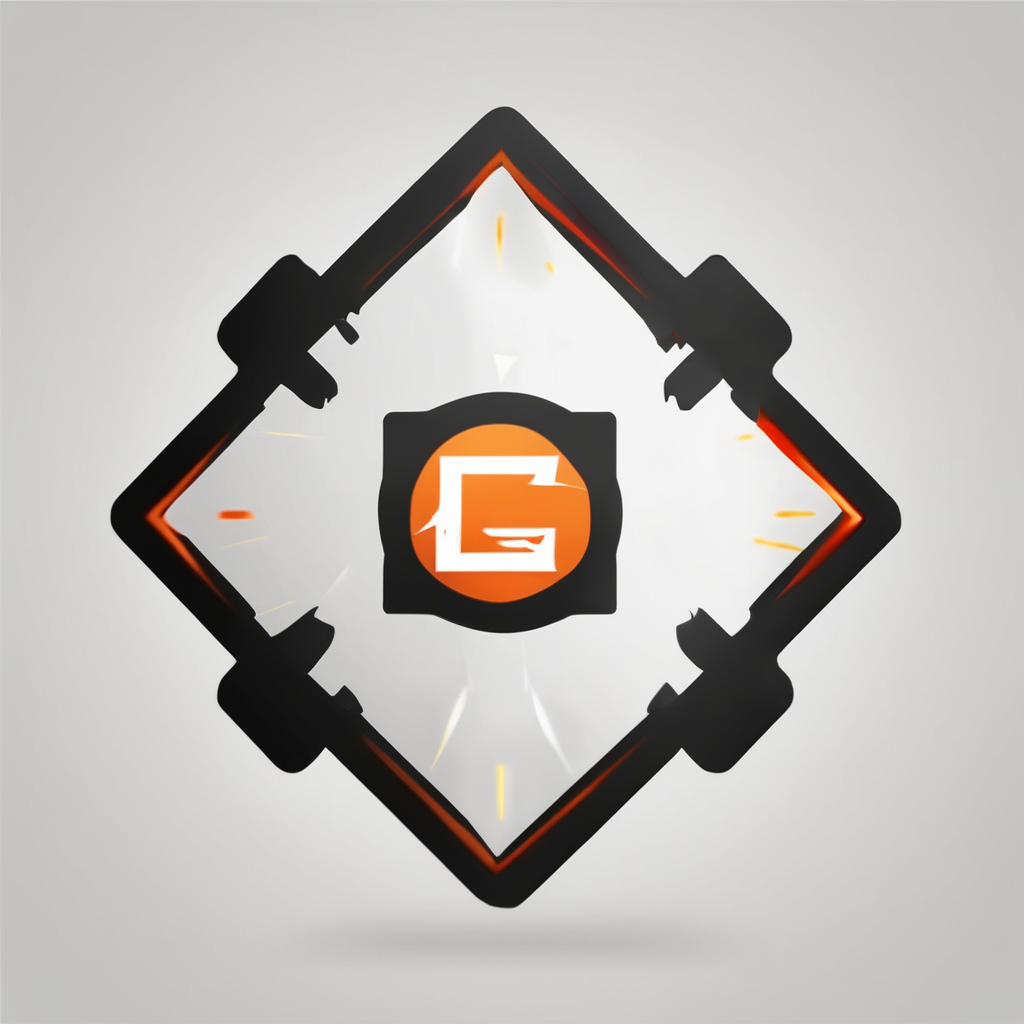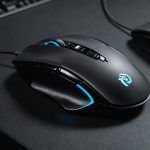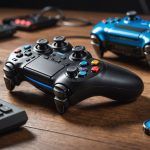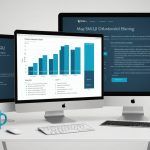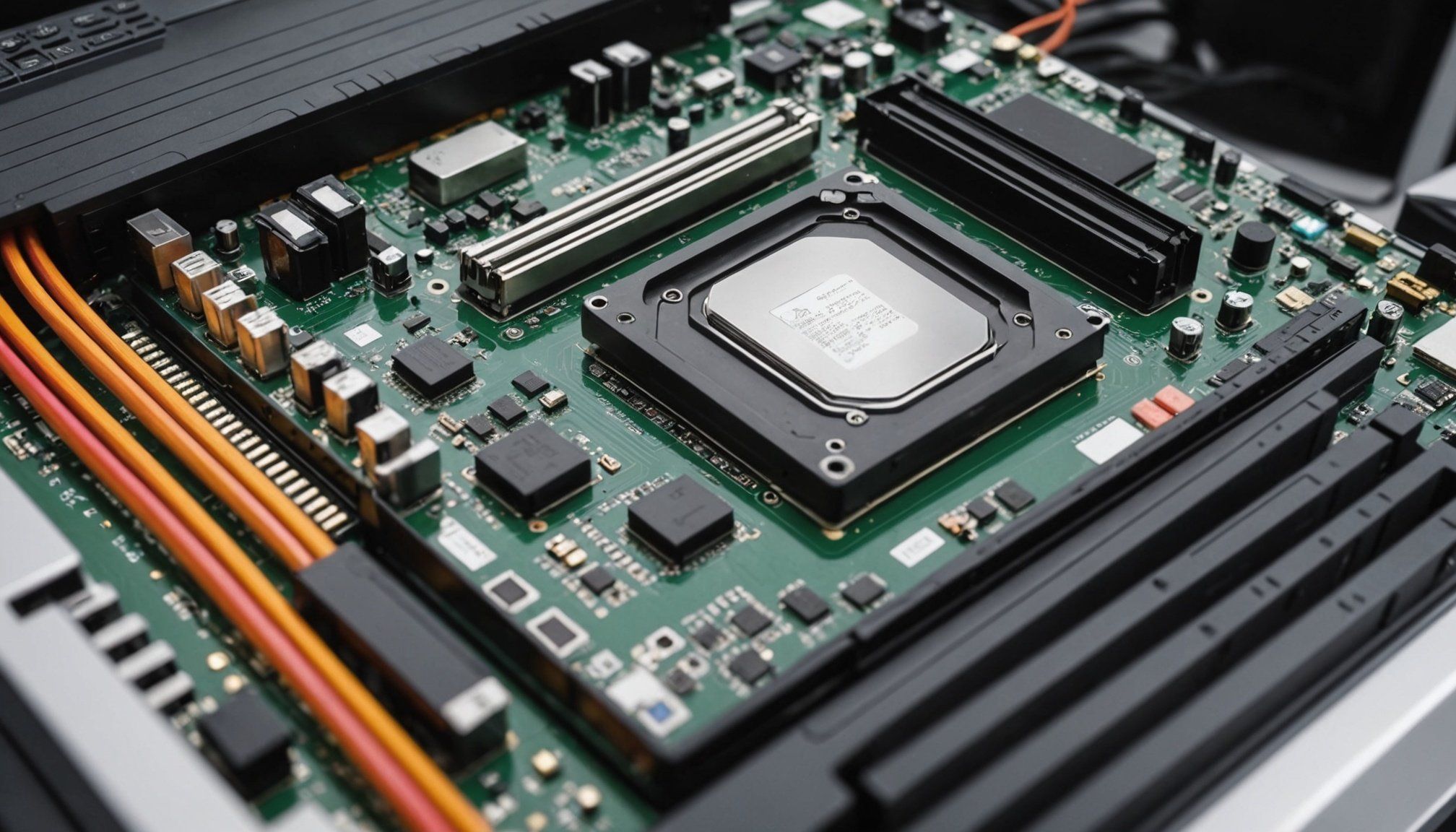Top Tips for Keeping Your PC Hardware Pristine and Efficient
In the fast-paced world of technology, maintaining your PC’s hardware is crucial for optimal performance, longevity, and overall user experience. Here are some top tips to help you keep your PC in pristine condition and ensure it runs efficiently.
Regular Maintenance: The Key to Longevity
Regular maintenance is the cornerstone of extending your PC’s lifespan. Here are some essential tips to incorporate into your routine:
Topic to read : Solving common ram problems: a step-by-step guide for your computer
Cleaning Your PC
Dust is one of the most significant enemies of your PC’s components. It can accumulate on fans, heatsinks, and other critical areas, disrupting airflow and increasing internal temperatures. Here’s how to clean your PC effectively:
- Static Electricity Precaution: Before you start cleaning, discharge static electricity from your body by touching a metal object or using anti-static gloves to prevent damage to components[1][2][4].
- Remove Dust from the Case Interior: Use a vacuum cleaner to remove large dust particles from the case. Then, use a compressed air duster to blow out dust from fans, crevices, and hard-to-reach areas. Be careful not to spin the fans with the compressed air[1][2][4].
- Detailed Cleaning: Use a brush or tweezers to remove stubborn dust from fans and other components. For laptops, limit cleaning to external areas such as exhaust vents to avoid voiding the warranty[1][4].
Check and Replace Cooling Fans
Cooling fans are vital for maintaining optimal temperatures within your PC. Here’s what you need to do:
Have you seen this : Top tips for expert cable management in your pc build
- Check for Abnormal Noises or Malfunctions: Regularly use an air compressor to remove dust from fans and heatsinks. Check the cooling fans for any abnormal noises or malfunctions and replace faulty fans promptly[1][3].
- Reapply Thermal Paste: Over time, the thermal paste between the CPU and heatsink can dry out. Reapplying thermal paste can improve CPU cooling and performance[2][4].
Optimize Software for Better Performance
Software optimization is just as important as hardware maintenance for ensuring your PC runs smoothly.
Remove Unnecessary Programs
Unused programs can take up valuable space on your hard drive and slow down your computer. Here’s how to manage them:
- Uninstall Unused Apps: Regularly uninstall unused apps, trial software, and ad-supported programs to reduce system load and improve resource efficiency[1][2][5].
- Organize Startup Programs: Disable unnecessary startup programs to reduce boot times and lighten the load on your PC. Use your system settings to manage these startup programs[1][2].
Keep Your OS and Software Up to Date
Updates are crucial for security, stability, and performance:
- Regular Updates: Keep your OS and software up to date. Updates often include performance improvements and bug fixes[2][5].
- Manage Background Apps: Disable unnecessary background apps or services to lower CPU and memory usage, as well as heat generation[1].
Improve Cooling Systems
Efficient cooling is essential for maintaining your PC’s performance and longevity.
Enhance Airflow in the Case
Proper airflow can significantly improve cooling efficiency:
- Add Ventilation Openings: Add ventilation openings on the sides or top of the case to allow air to circulate efficiently. Position fans to intake cool air from the front or bottom and exhaust warm air from the rear or top[1].
- Install High-Performance Fans: Choose fans with high airflow, low noise, and adjustable speeds for efficient cooling. Add additional cooling fans if necessary to enhance airflow and heat dissipation[1].
Upgrade Cooling Systems
For more intensive users, upgrading the cooling system can be beneficial:
- Upgrade to High-Performance Cooling: If your desktop PC struggles with heat, consider replacing the standard heatsink with a high-performance air or liquid cooling system. For laptops, use external cooling pads or stands to improve bottom ventilation and prevent internal heat buildup[1].
Check and Maintain Storage Devices
Storage devices are critical for your PC’s performance and data integrity.
Assess the Condition of Your SSD or HDD
Regularly check the health of your storage drives to prevent unexpected failures:
- Use Monitoring Tools: Tools like CrystalDiskInfo can help you monitor the health of your drive, indicating errors, bad sectors, or other potential issues early. This allows you to back up your data before a failure occurs[3].
- Replace with SSD: Replacing your hard drive with a Solid State Drive (SSD) can significantly improve boot times and application loading speeds[2].
Protect Your PC from Malware and Viruses
Malware and viruses can severely impact your PC’s performance and security.
Install Antivirus Software
Antivirus software is essential for detecting and removing malware:
- Use Windows Defender: Windows Defender is a robust antivirus program that comes with Windows. Ensure it is updated and running regularly to protect your device from viruses and malware[2].
- Regular Scans: Perform regular scans to detect and remove any malware that might be slowing down your PC[2].
Tips for Protecting Your PC’s Display
Your PC’s display is one of its most vulnerable parts.
Use a Screen Protector
Screen protectors can safeguard your screen from scratches and minor impacts:
- Clean Regularly: Use a soft microfiber cloth to gently clean the screen. Avoid using harsh chemicals, which can damage the screen’s surface[2].
- Handle with Care: Never put pressure directly on the screen, as it can cause pixel damage. When opening or closing your laptop, hold it by the base, not the screen[2].
Best Practices to Maintain Optimal Computer Speed
Maintaining optimal computer speed involves several best practices.
Regular Updates and Disk Cleanup
Keep your system clean and updated:
- Regular Updates: Keep your operating system and software updated. Updates often include performance improvements and bug fixes[2][5].
- Disk Cleanup: Use the built-in disk cleanup tools in your operating system to free up space and improve speed. Remove temporary files, system files, and other unnecessary data[2][5].
Manage Startup Programs and Background Apps
Optimize your startup and background processes:
- Manage Startup Programs: Use your system settings to manage startup programs. Disable unnecessary apps to reduce boot times and lighten the load on your PC[1][2].
- Disable Background Apps: Disable unnecessary background apps or services to lower CPU and memory usage, as well as heat generation[1].
Practical Insights and Actionable Advice
Here are some practical insights and actionable advice to make your PC maintenance routine more effective:
Create a Maintenance Schedule
- Set Reminders: Set reminders to clean your PC every 3-4 months to ensure dust and dirt do not accumulate and cause overheating[4].
Use the Right Tools
- Compressed Air: Always use compressed air to clean dust from fans and crevices. Avoid using wet cloths or detergents that can cause damage[1][2][4].
Monitor Your PC’s Health
- Run System Diagnostics: Use tools like Performance Monitor to run system diagnostics and check hardware and software configurations. This helps in identifying and fixing issues before they become major problems[3].
Maintaining your PC’s hardware and software is a multifaceted task that requires regular attention. By following these tips, you can ensure your PC runs efficiently, performs optimally, and lasts longer.
Key Takeaways
- Regular Cleaning: Clean your PC regularly to remove dust and ensure proper airflow.
- Software Optimization: Optimize your software by removing unnecessary programs, managing startup programs, and keeping your OS and software up to date.
- Cooling System Maintenance: Improve and maintain your cooling systems to prevent overheating.
- Storage Device Maintenance: Regularly check the health of your storage devices and consider upgrading to SSDs.
- Malware Protection: Install and regularly update antivirus software to protect against malware and viruses.
- Display Protection: Use screen protectors and handle your screen with care to prevent damage.
By implementing these practices, you can make sure your PC remains in pristine condition, ensuring it continues to serve you well for years to come.
Detailed Bullet Point List: Steps to Clean Your Desktop PC
Here is a detailed list of steps to clean your desktop PC:
-
Static Electricity Precaution:
-
Discharge static electricity from your body by touching a metal object or using anti-static gloves.
-
Consider using anti-static gloves for maximum safety.
-
Remove Dust from the Case Interior:
-
Open the case and use a vacuum cleaner to remove large dust particles.
-
Use compressed air to blow out dust from fans and crevices.
-
Detailed Cleaning:
-
Use a compressed air duster to clean components like the CPU, power unit, and fans.
-
Use a pen or pencil to jam the fan while cleaning to prevent it from spinning.
-
Clean RAM and RAM slots using compressed air.
-
Use a cotton swab to clean each blade of the fan individually.
-
Clean Hard-to-Reach Areas:
-
Use a brush or tweezers to remove stubborn dust from hard-to-reach areas.
-
Use a damp (not dripping wet) cleaning cloth to clean dust out of corners and other nooks and crannies.
-
Reassemble Your PC:
-
Return peripheral components to their allocated sockets.
-
Screw the side panel back on, ensuring all cables are securely connected.
Comprehensive Table: Comparison of Hard Drive and Solid State Drive
Here is a comparison table between hard drives and solid state drives:
| Feature | Hard Drive (HDD) | Solid State Drive (SSD) |
|---|---|---|
| Speed | Slower access times | Faster access times |
| Performance | Mechanical parts can slow down over time | No mechanical parts, consistent performance |
| Power Consumption | Higher power consumption | Lower power consumption |
| Durability | More prone to physical damage | More resistant to physical damage |
| Capacity | Generally higher storage capacity | Lower storage capacity, but increasing |
| Noise | Can be noisy due to mechanical parts | Silent operation |
| Heat Generation | Generates more heat | Generates less heat |
| Cost | Generally cheaper per GB | More expensive per GB, but decreasing |
By understanding these differences, you can make an informed decision about whether to use a hard drive or solid state drive for your storage needs.
Quotes and Insights from Experts
- “Regular maintenance is crucial for extending the lifespan of your PC. Neglecting tasks like cleaning and updating software can lead to significant performance issues and even component failures,” says a PC maintenance expert.
- “Using high-performance cooling systems and ensuring proper airflow can make a substantial difference in your PC’s performance and longevity,” advises a hardware specialist.
- “Malware and viruses can severely impact your PC’s performance. Regular scans and updates are essential for protecting your device,” notes a cybersecurity expert.
By following these tips and insights, you can ensure your PC remains in top condition, providing you with the best possible performance and longevity.
